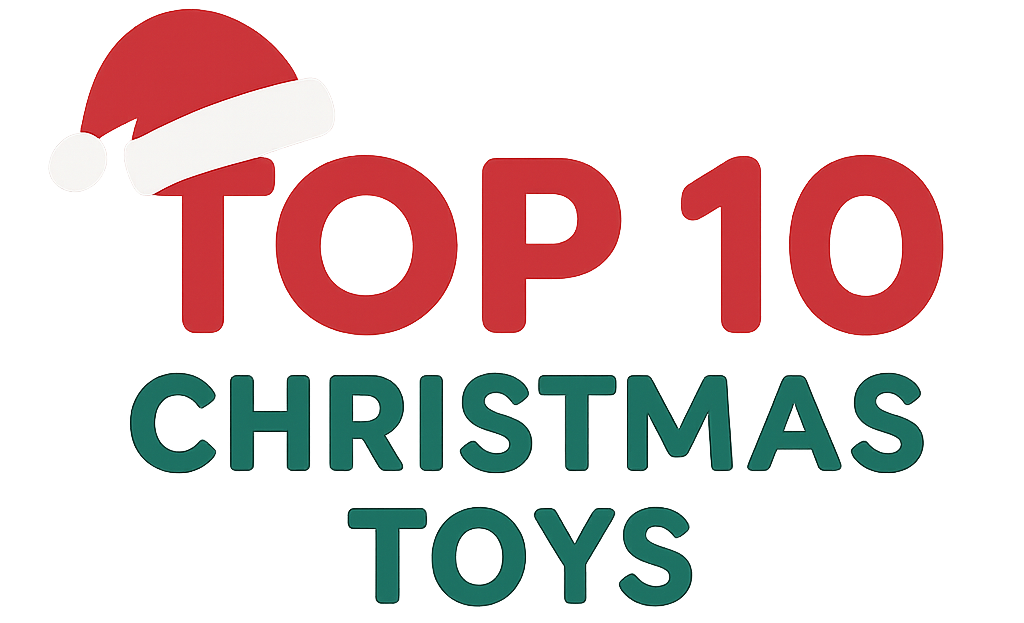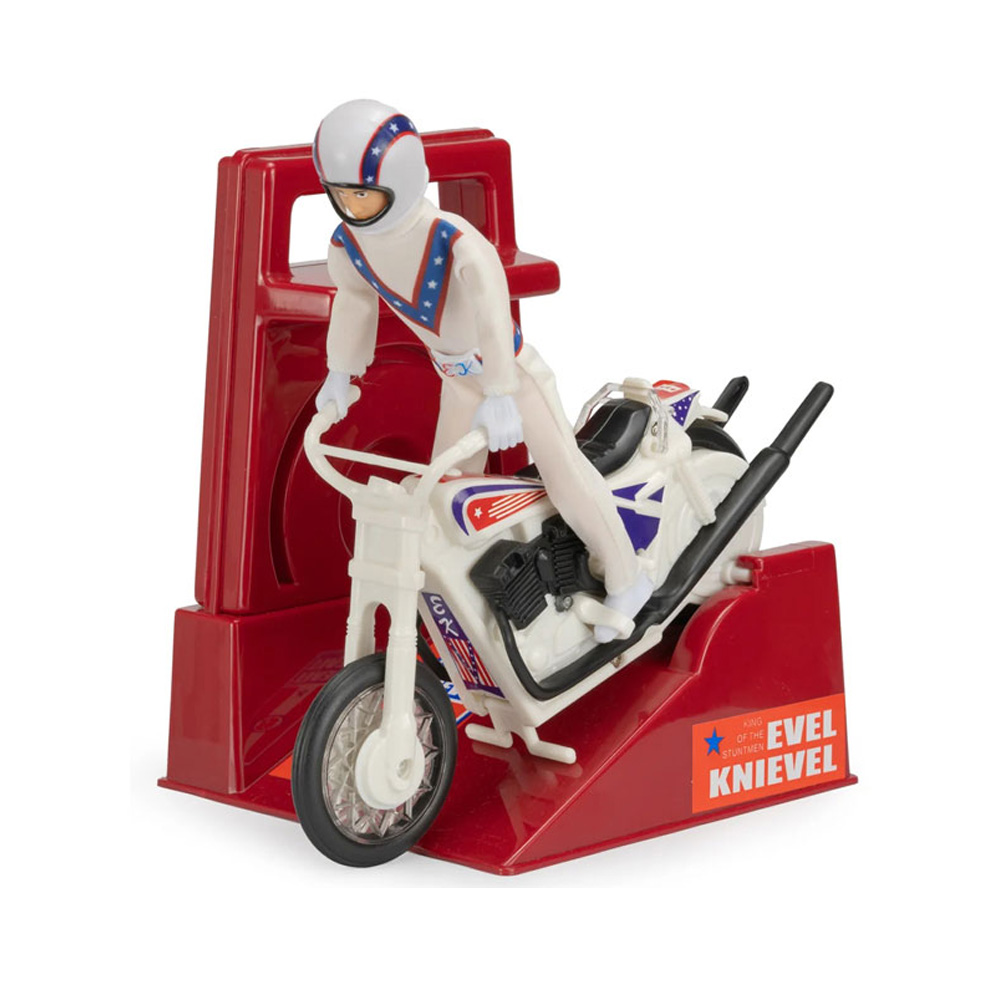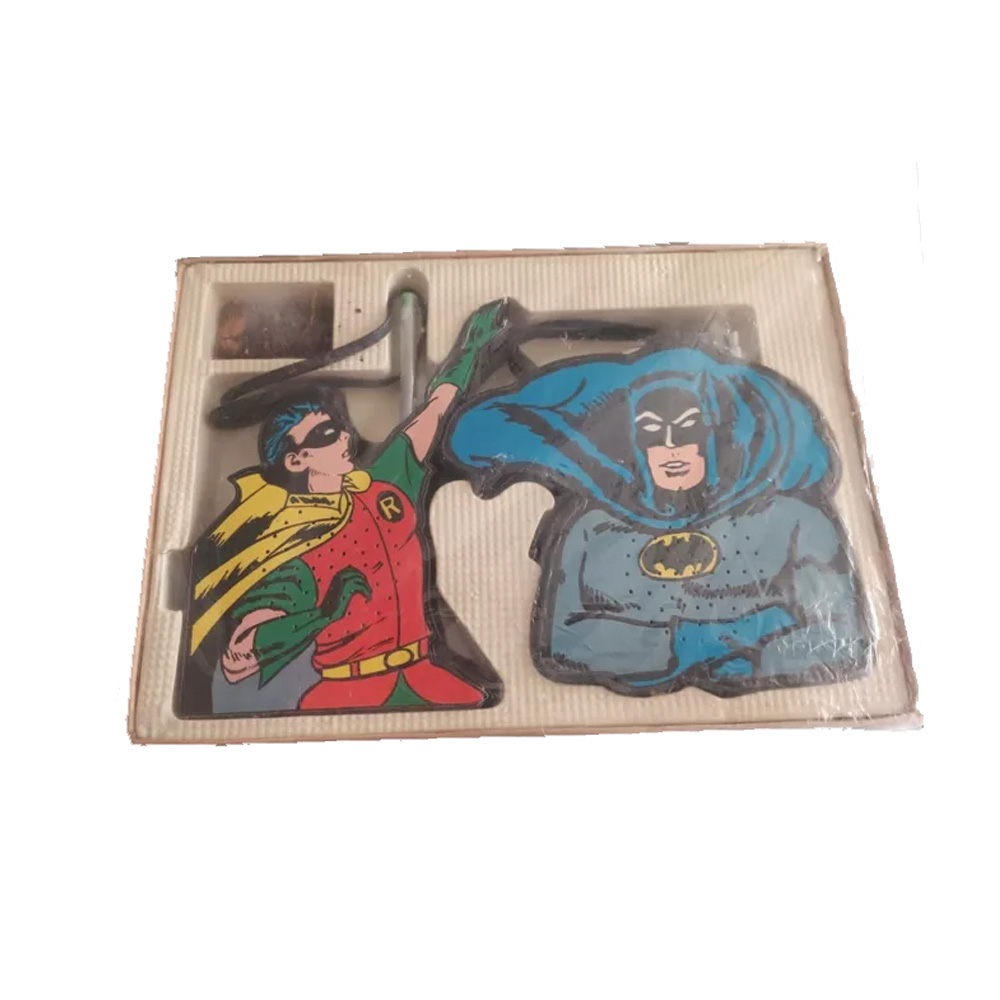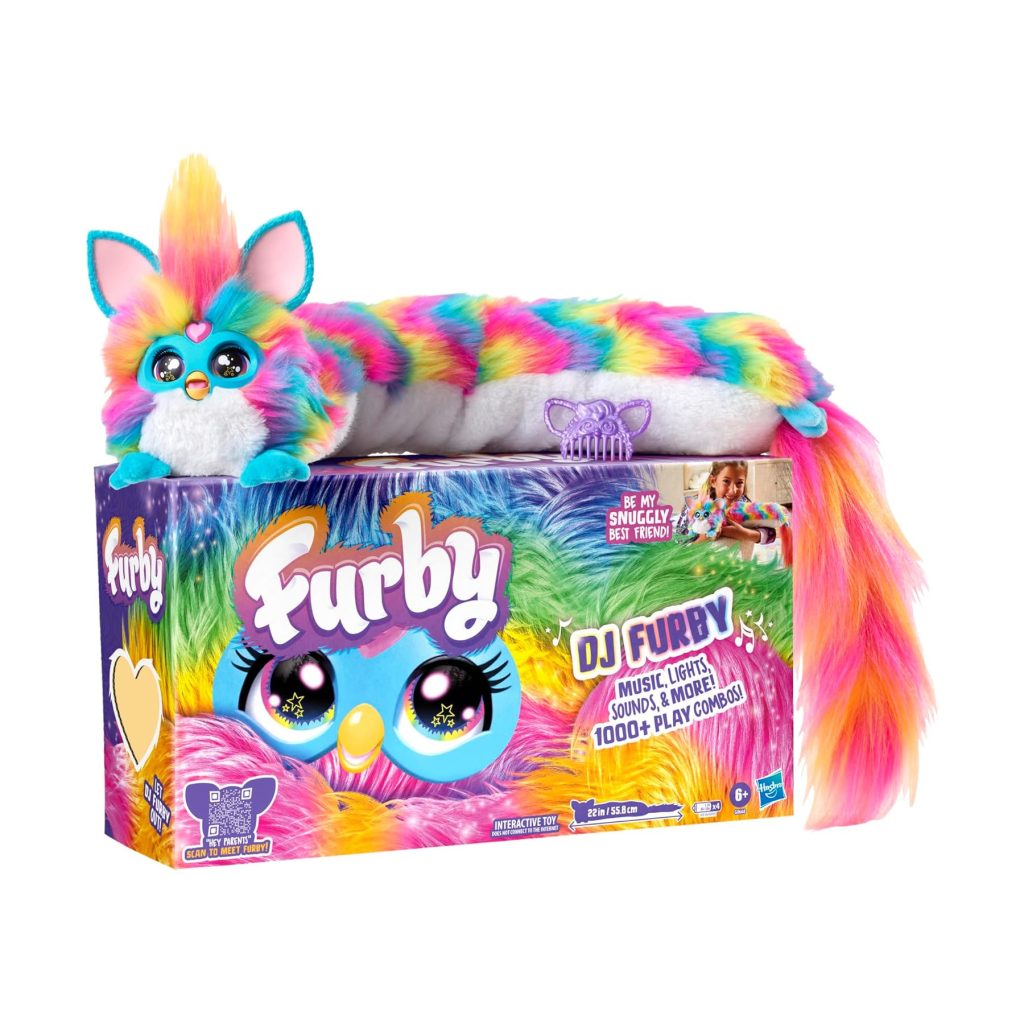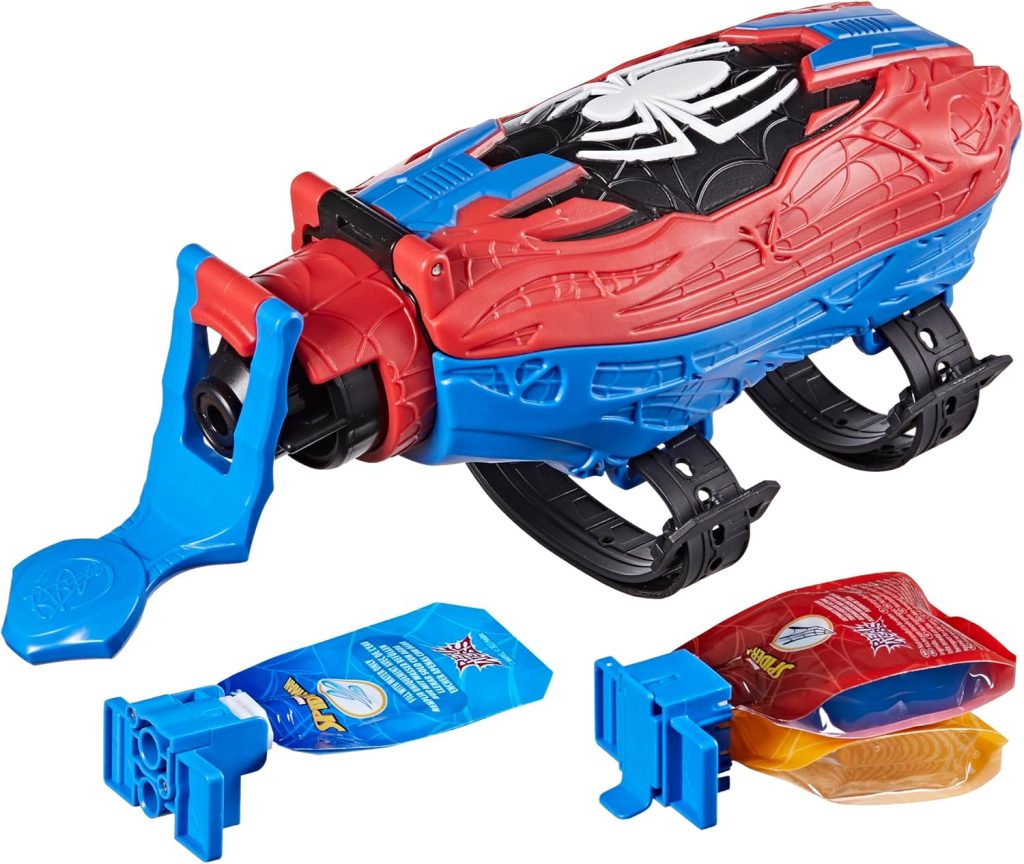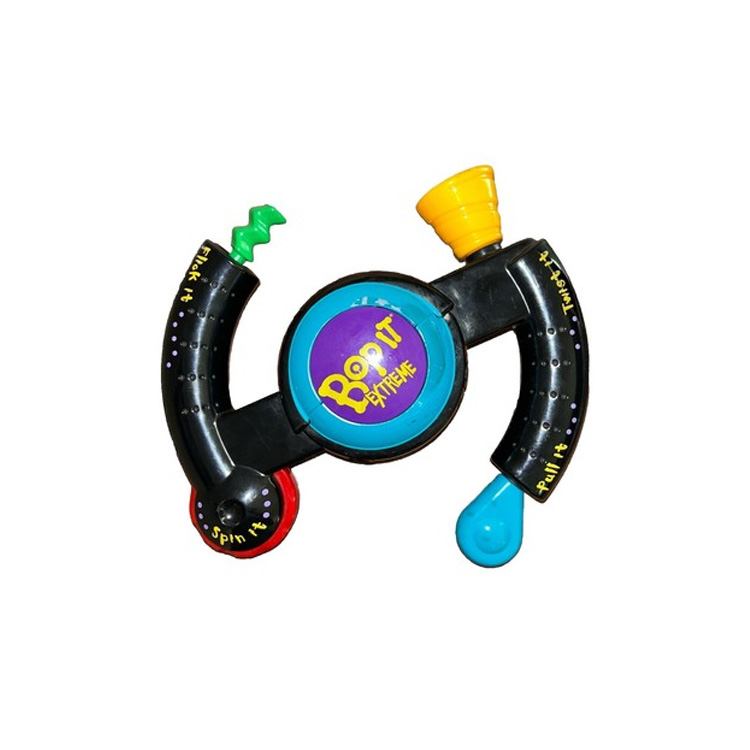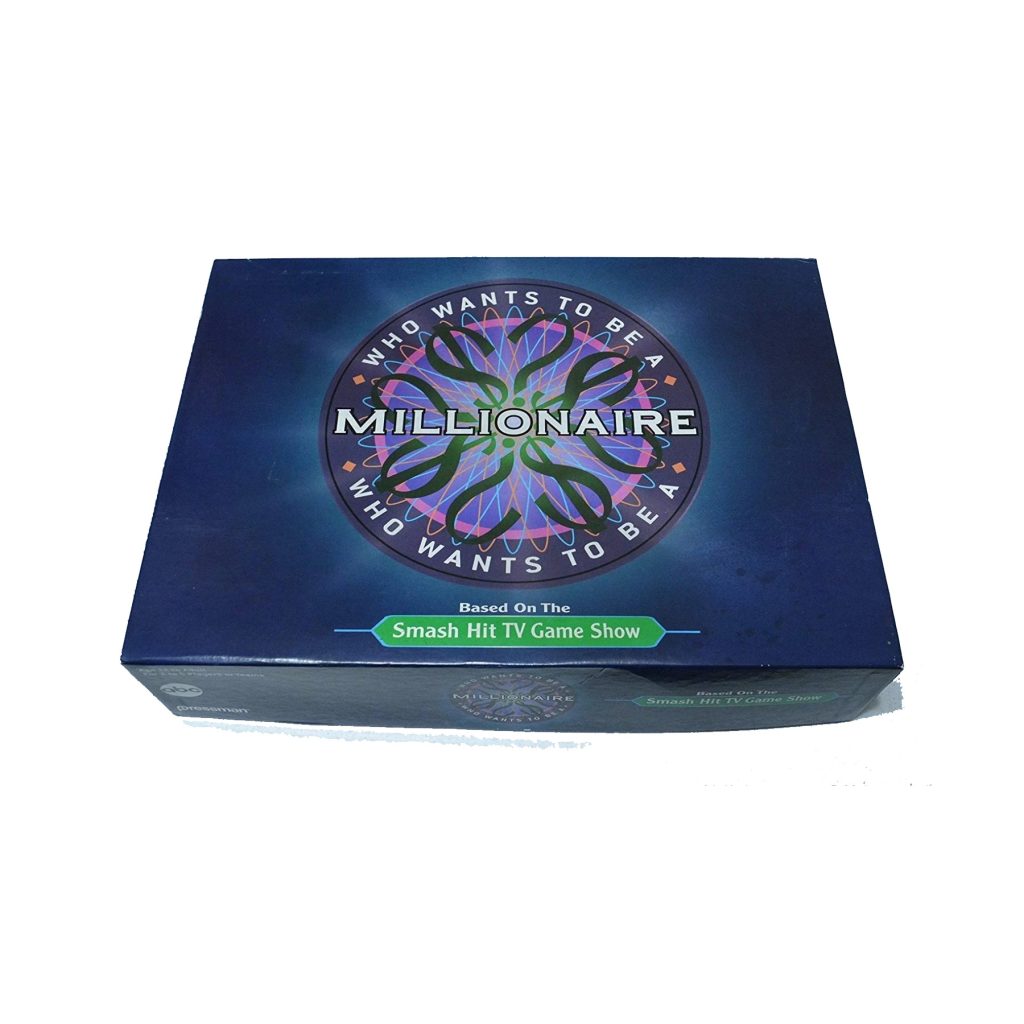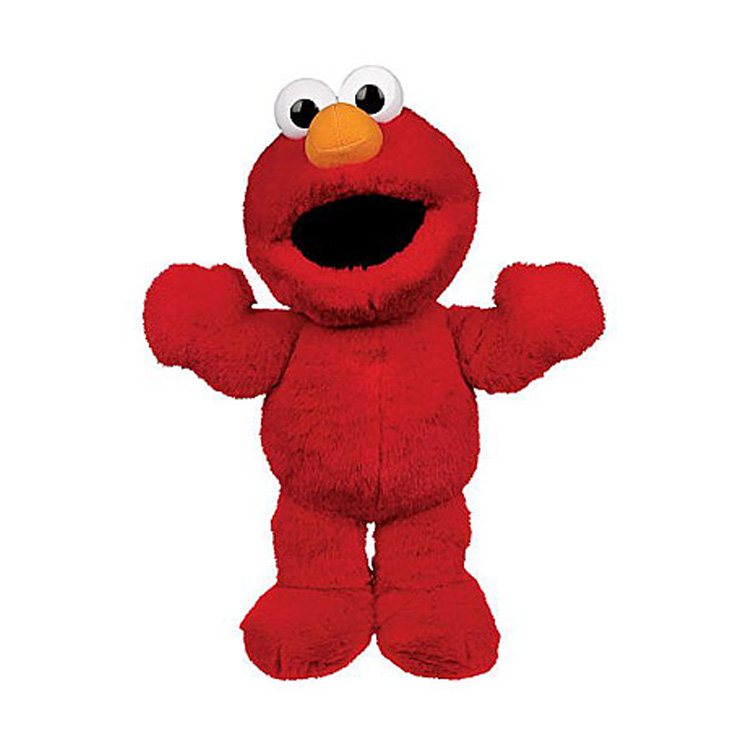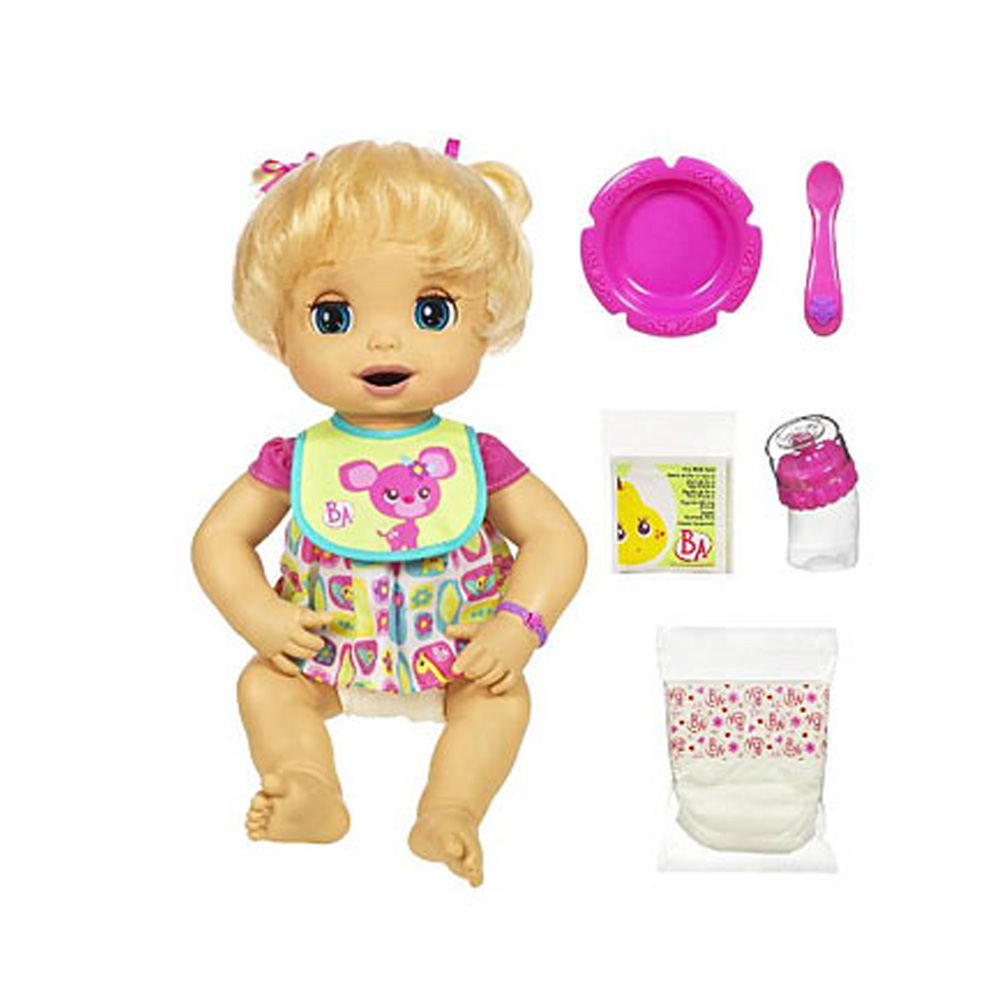
⏰ “Don’t leave it too late — some Christmas best-sellers sell out early each year.”
Baby Alive Doll Top 10 Christmas Toys 1973
Baby Alive Doll Top 10 Christmas Toys 1973
The Baby Alive Doll of 1973 gave children an extraordinary gift: the chance to care for a baby that seemed almost real. Christmas mornings that year were filled with squeals of delight as children unwrapped boxes containing dolls with feeding spoons, nappies, and bottles. Baby Alive wasn’t just another doll—it could eat, drink, and “need changing.” For many children, this lifelike doll transformed playtime into a nurturing experience, one that reflected the growing cultural fascination with realism in toys.
1973: A Year in Context
1973 in the UK was a year of both challenge and innovation. Families faced strikes and power cuts, but they also embraced new technologies and lifestyle trends. Television shows such as “Blue Peter” inspired creativity and responsibility in children, while toy companies increasingly leaned towards realism and role-play. Against this backdrop, Baby Alive made perfect sense. It wasn’t simply a doll to cuddle—it was one to feed, care for, and manage, giving children a taste of responsibility in a fun, engaging way.
The Arrival of Baby Alive
Produced by Kenner (later absorbed into Hasbro), Baby Alive debuted in 1973 and quickly became a sensation. With her big eyes, movable mouth, and special food packets, she could be spoon-fed and then “eliminated” into nappies, mimicking real baby care. For children, this realism was astonishing. Play instantly became more immersive, and Baby Alive was soon at the top of countless Christmas lists, bringing joy to homes across Britain and beyond.
Christmas Morning Play
Children who received Baby Alive on Christmas Day remember setting up feeding stations at the kitchen table. Excited hands mixed the powdered food with water, carefully fed the doll, and then giggled when it was time for a nappy change. Parents were often amused—and sometimes exasperated—by the inevitable mess. Still, the toy was unlike anything else at the time: it encouraged imaginative role-play, empathy, and responsibility, qualities that parents valued as much as children enjoyed.
Adverts and Buzz
Television adverts highlighted the doll’s lifelike eating and drinking, with catchy jingles that stuck in children’s minds. Catalogue images showed Baby Alive sitting in a highchair, complete with accessories that encouraged children to build entire routines around her. The advertising strategy worked brilliantly: the doll wasn’t just another Christmas gift, it was an “experience,” and toy shops saw brisk sales as the holiday approached.
Price Then and Now
In 1973, the Baby Alive Doll retailed for around £8.99, which would be roughly £80–85 today. That put it firmly in the “main present” category, often becoming the centrepiece gift under the tree. The doll’s ongoing play value—thanks to refill food packs and accessories—extended its lifespan, making it a smart investment for parents. Today, vintage Baby Alive dolls from the 1970s are highly collectable, with mint-condition sets fetching hundreds of pounds.
Why It Captured Imaginations
Baby Alive resonated with children because it felt real. Unlike traditional dolls that only offered cuddling, this one demanded attention, feeding, and care. Children could mimic their parents, act out family roles, and learn empathy through play. It also provided endless scenarios: preparing food, cleaning up, changing nappies, and comforting the doll. The interactivity meant no two play sessions were exactly alike, which helped keep interest alive long after Christmas Day.
Nostalgia and Legacy
Ask anyone who had Baby Alive in 1973, and they’ll remember the wide-eyed excitement of feeding her for the first time, the little spills, and the pride of “being a parent.” For many, she was the first toy that made responsibility fun. Today, Baby Alive continues to thrive as a global brand under Hasbro, updated with talking features, new outfits, and modern accessories. Yet for those who grew up in the seventies, nothing beats the original magic of the 1973 version (see Baby Alive history for more).
1973 Christmas Memories
Families recall children spending hours carefully feeding Baby Alive, changing nappies, and proudly introducing her to visiting relatives. The Queen’s Speech may have played in the background, but for many children, their focus was on their new “baby.” Grandparents chuckled at the doll’s realism, while parents appreciated how it kept their children occupied. For some, it even sparked a lifelong love of childcare and teaching, showing the profound influence a single toy could have.
Conclusion
The Baby Alive Doll of 1973 was more than just a Christmas gift—it was an innovation that turned play into a realistic, nurturing experience. If you remember unwrapping one that year, revisit the nostalgia in our Top 10 Christmas Toys 1973 archive. Explore its place among the most popular Christmas toys, and compare it to what children dream of today in our Top 10 Christmas Toys 2025 guide. Half a century on, Baby Alive continues to prove that some toys truly grow with the generations.
Some links on our site are affiliate links. If you buy through them, we may earn a small commission — at no extra cost to you. 🎄
⏰ “Don’t leave it too late — some Christmas best-sellers sell out early each year.”
Available From:
